Choosing the right words for Tier 2 Vocabulary Instruction
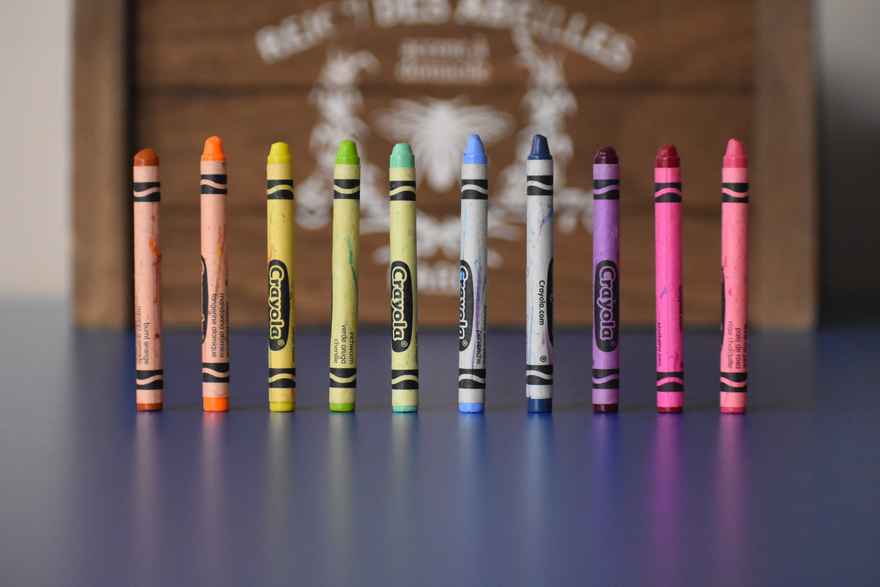
In last week’s post I shared with you some key insights from my recent conversations with Margaret McKeown and Pamela Snow. These amazing women very generously gave their time to help all of us better understand what it takes to teach vocabulary and language well. Some of the key messages from these conversations involved the fact that you can’t teach all the words and that there are no set ‘word lists’ to teach from. There have been some academic words lists compiled as guidance around this, but they are not exhaustive and you don’t have to try and cover every word.
This list from Averil Coxhead outlines the most frequently appearing Tier 2 words. She has arranged them alphabetically and by frequency, so you can get a sense of the type of words to include in your Tier 2, explicit instruction.
In this week’s post I am going to walk you through a summary of the advice from Bringing Words to Life about how to choose which words you will focus on in your vocabulary instruction. It’s not just about how ‘fancy’ the words are, there are other factors to consider.
Importance and utility
How widely can the words be used? If a word might be used in one lesson or area, but not in others, it’s probably not going to be the best word to choose to focus on explicitly.
The word ‘launch’ seen here in Natalie Jane Prior’s ‘The Magic Bookshop’ can be used across contexts.
- It can relate to pushing a boat into the water (discussed in PE)
- It could be seen in science when learning about the launch of a spacecraft
- You might examine launching a new venture in Economics and Business in upper primary
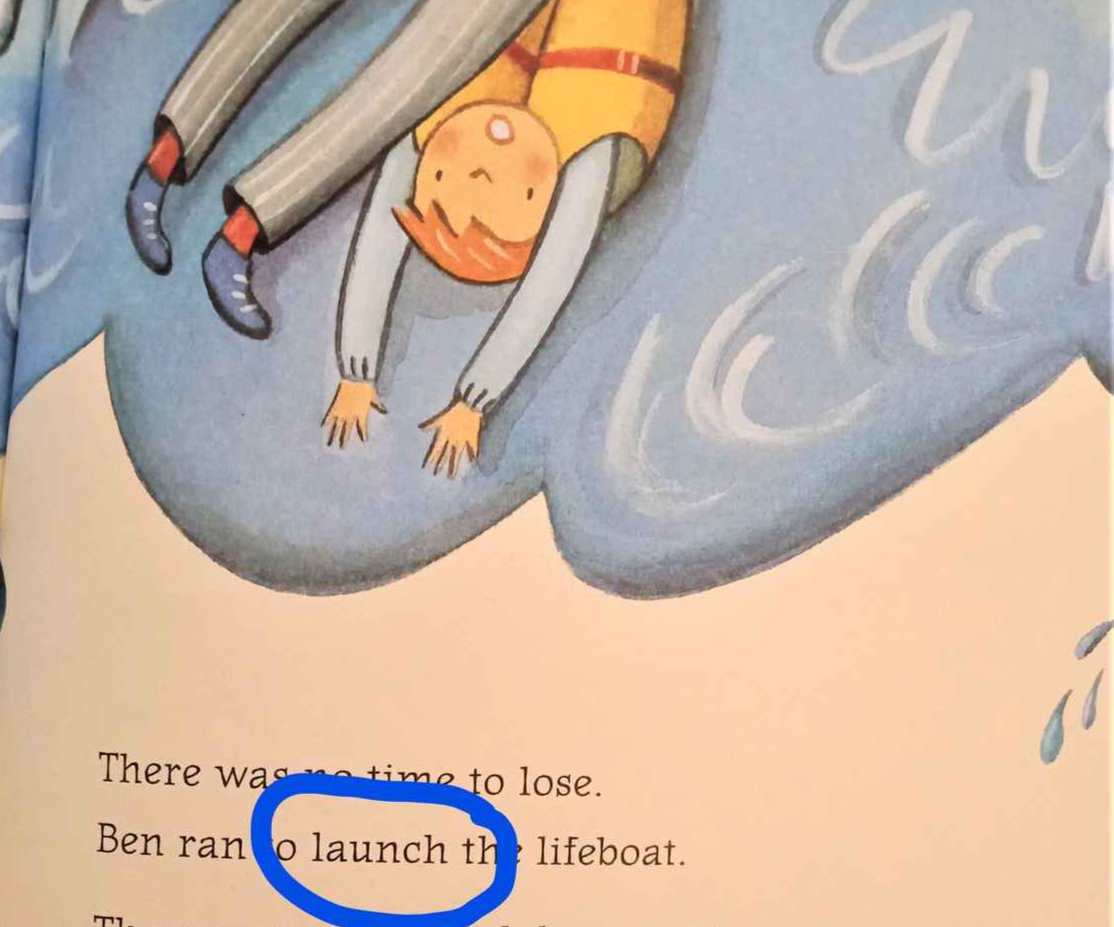
Conceptual understanding
Words need to relate to concepts that students actually understand, but don’t have a more sophisticated way of discussing.
Depending on the age of students, the word ‘journeys’ (In Joe and the Stars by Phil Cummings & Connah Brecon) may or may not be familiar to them. Students would understand the concept of ‘going on a trip’ or ‘travelling somewhere’ but may not know ‘journeys’. This makes it a great Tier 2 word to choose for explicit instruction.
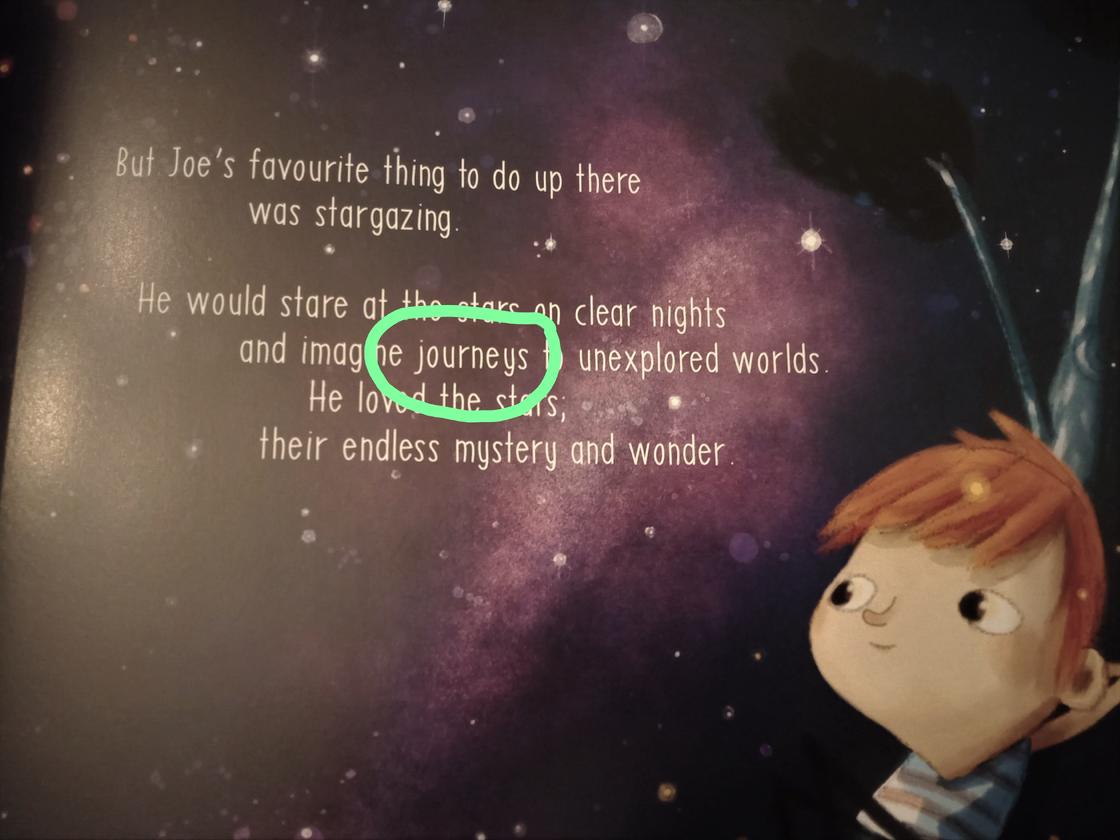
Instructional potential
Let’s take the word investigate seen in this book (Backyard Magic by Wendy Shurety and Harriet Hobday). It has wide reaching implication for early years students:
- We investigate in our Kathy Walker play based sessions
- We investigate in science through experiments
- We investigation connections between people and places in HASS
- We can investigate data and probability in maths
- In fact, we could investigation just about anything!
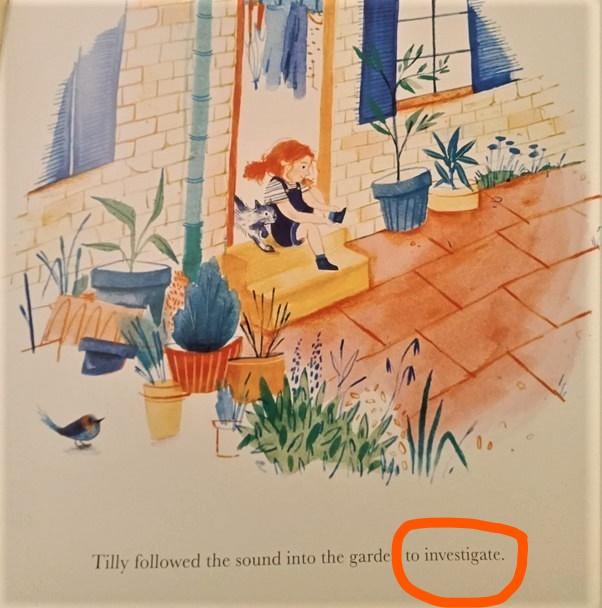
Words to expand on ‘just for now’
I have already passed on the message that we can’t teach all the words. In fact, we can’t even teach all of the important words explicitly. So what do we do when we come across a word in a story that we feel needs explanation. Well, just explain it. It’s perfectly fine, when reading Joe and the Stars, to read the text and take a moment to explain that ‘unexplored’ means that nobody has ever been there, and then carry on reading. Not every Tier 2 word has to be examined and taught in-depth.

Embed tier 2 words inside classroom instructions
Create, select, approach, estimate, distribute, individual and respond are all wonderful words to include in instructions.
‘We are going to create an artwork.’
‘Please select a colour.’
‘When you approach the board…’
‘Let’s estimate how many minutes there are until lunch time.’
‘Please distribute these papers.’
‘This is an individual task. You will not be working with a partner.’
‘Everyone needs to respond to my call.’
Now, you wouldn’t use all of these for the first time at once, but over time you can certainly build up your classroom repertoire and give students the chance to ask questions when they don’t understand what a word means.
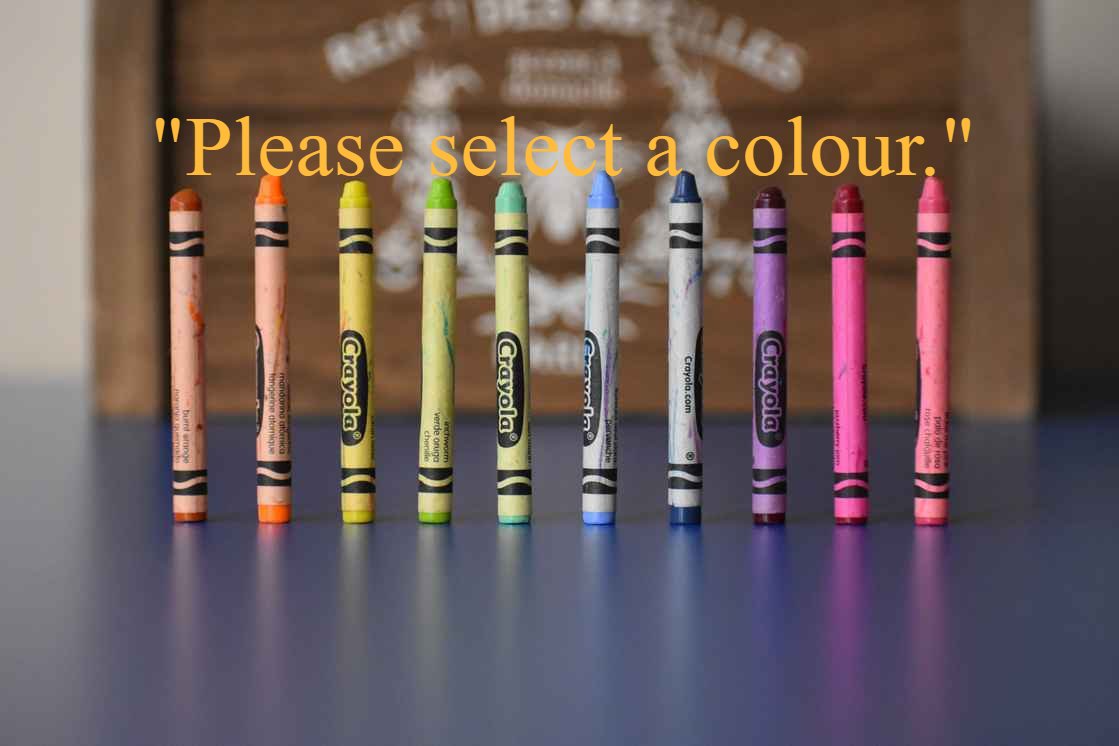
Choosing words for Tier 2 instruction in the classroom can feel messy and uncomfortable. Not having a definitive list to work from adds a degree of anxiety to our decision making. What if I get it wrong? What if I’m teaching the wrong words? What if….
Just relax!

Choose words that make sense to you to teach. I promise, you won’t break the children.
Next week I will bring you some simple guidelines about what to do with the words once you choose them. If you would like me to let you know when next week's post is published, join my list below!

 Jocelyn Seamer Education
Jocelyn Seamer Education
0 comments
Leave a comment